Keep on climbing through the summer with these essential prehab exercises for climbers!
Every climber knows how important it is to keep your hands and fingers strong and mobile. Climbers put such a huge flexion demand on their fingers that overtime they can experience loss of mobility and strength, which can lead to chronic injuries.
Self Myofascial Release for Hands
Improve your joint range of motion and tissue recovery with a little self-myofascial release for climbers!
All you need is a small ball like a tennis or lacrosse ball. If you really want to get fancy, you could use a massage gun, which will get deeper into the connective tissue.
Place the ball on a table and slowly roll through the palm of your hand and work through your forearm for 1 to 2 minutes per area.
Passive Finger Stretch
This finger stretch passively lengthens your flexor muscles to counter the concentric contractions required for climbing. Incorporate this stretch after every climbing session and you’ll notice the difference.
Finger Mobility Test
Start off by testing your hand and finger mobility by how much you can lift and straighten your fingers. From all fours place your hand palm down on the ground with your fingers spread out. Try to lift each finger off the ground and see how high you can lift it.
Finger Stretch for Climbers
From that same all four position with your hand on the ground, begin to push down on the knuckle and pull up in the tip of the finger to hyper extend the digit.
You can even feel it up to your wrist.
As a climber you might have very limited range of motion. Be patient, it will become easier.
Recheck to see how much mobility you have gained by performing the finger mobility test again.
Thoracic Spine Mobility
Flexibility is essential for climbers, especially throughout the Thoracic spine, which
is located in the upper and middle part of the back. Having better thoracic spine mobility will allow you to more easily reach holds, reduce pain in your neck and shoulders, and reduce injuries. If combined with appropriate strengthening exercises, better T-Spine mobility can also improve overall upper body strength.
T-Spine Biased Cat Cow
From an all fours position, sit back on your hips.
Place your hand directly in front of your knees.
Slowly flow through a cat and cow position, with the movement coming from your upper to mid back.
Flow through the motion for 45 seconds.
T-Spine Rotation
From the Biased Cat Cow position, place one hand behind your head and open up to that side.
Then rotate as far as you can twist towards the opposite side.
Return back to the starting position.
Flow through motion for 45 seconds and then switch to the other side.










